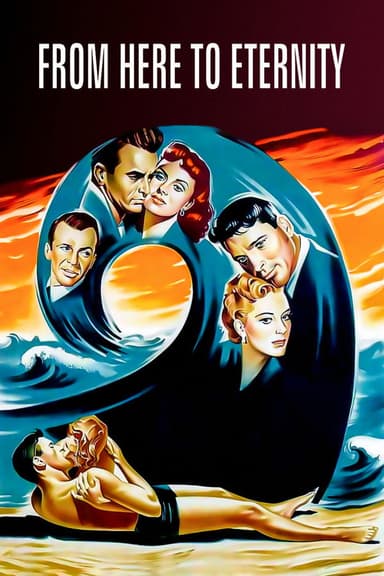
Love Is My Profession
1958 • Crime, Drama, Romance
Married French lawyer Andre defends succesfully the case of Yvette, who committed a robbery. He falls in love with her, but she isn't true to him.
Runtime: 1h 45m
Why you should read the novel
Georges Simenon's novels offer a profound psychological depth rarely matched by cinematic adaptations. By reading the source novel, you immerse yourself in the intricate internal lives of the characters as Simenon intended, experiencing their ambiguities, desires, and self-deceptions firsthand. The prose is subtle yet evocative, painting postwar Paris in shades both sordid and luminous, inviting you to engage with the moral dilemmas at the heart of the story. Instead of the film's selective focus and atmospheric shorthand, the novel invites total immersion in its troubled world.
Adaptation differences
The film adaptation, Love Is My Profession, diverges from Simenon's novel in several key areas, starting with a shift in tone. While the book lingers on psychological complexity and ambiguity, the movie plays up melodrama and romance, emphasizing the illicit passion and scandal rather than character introspection. Cinematic constraints strip away much of the internal monologue and moral ambiguity that are central to Simenon's narrative style.
Characterization is also notably different. The protagonist in the film is presented in a more sympathetic and glamorous light, with Clara (played by Brigitte Bardot) depicted as a tragic victim of circumstance. In contrast, the novel’s depiction of her is more nuanced, exposing flaws, motivations, and contradictions that complicate simple empathy. The adaptation's focus on star power shapes both the character's portrayal and the plot’s trajectory.
Plot details are frequently streamlined or altered. The film condenses timelines and simplifies secondary characters, reducing complexity in subplots to maintain brisk pacing and a clearer romantic focus. Certain scenes and decisions in the novel, critical for understanding the protagonist's psychology and eventual outcomes, are either omitted or reinterpreted, which limits the story’s moral complexity.
Finally, the setting and social commentary are less pronounced on screen. Simenon's Paris becomes a backdrop rather than a participant in the drama, missing much of the novel's social critique and atmospheric nuance. Where the book uses setting to reflect and amplify the characters' turmoil, the movie often opts for visual allure over social observation, sacrificing layers of meaning for cinematic mood.
Love Is My Profession inspired from
Magnet of Doom (also published as 'A Certain Smile')
by Georges Simenon










